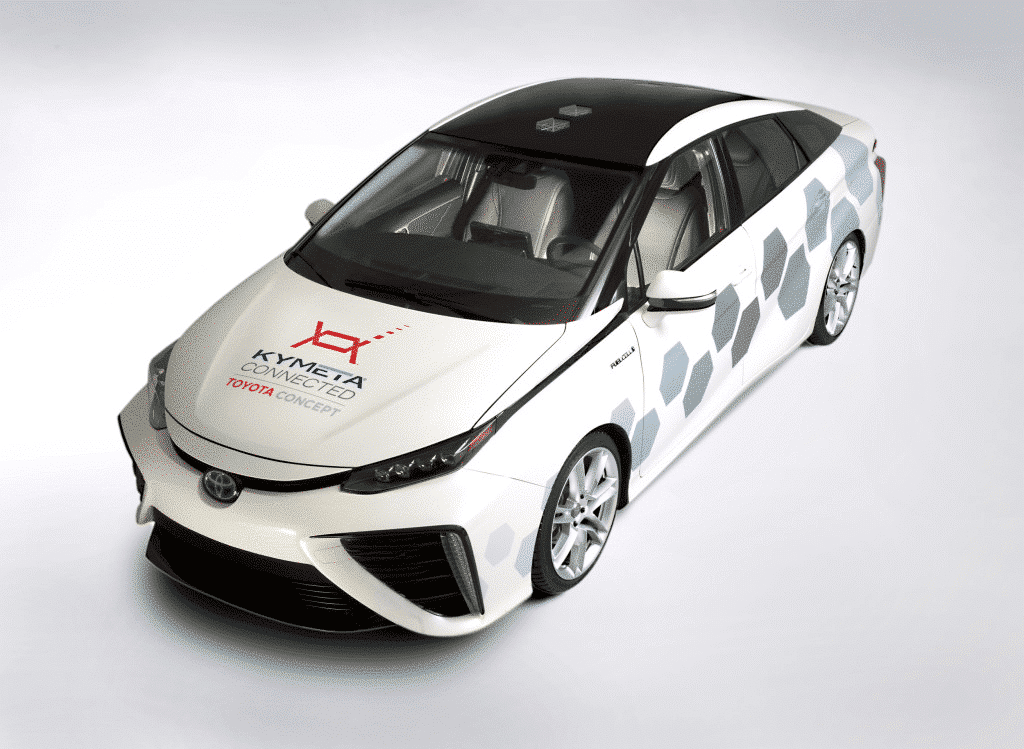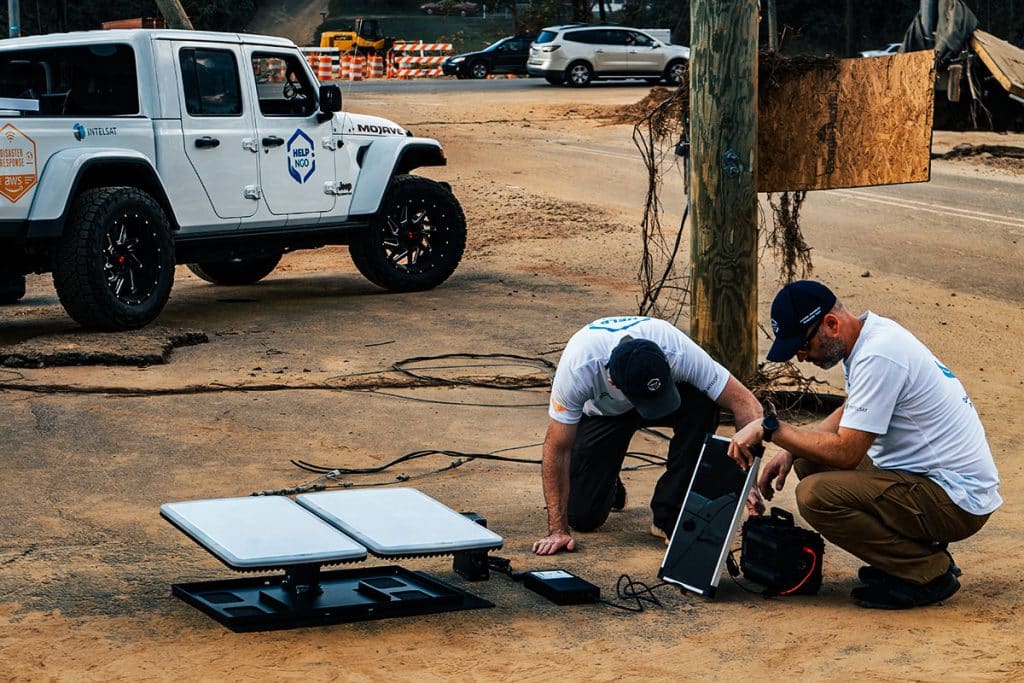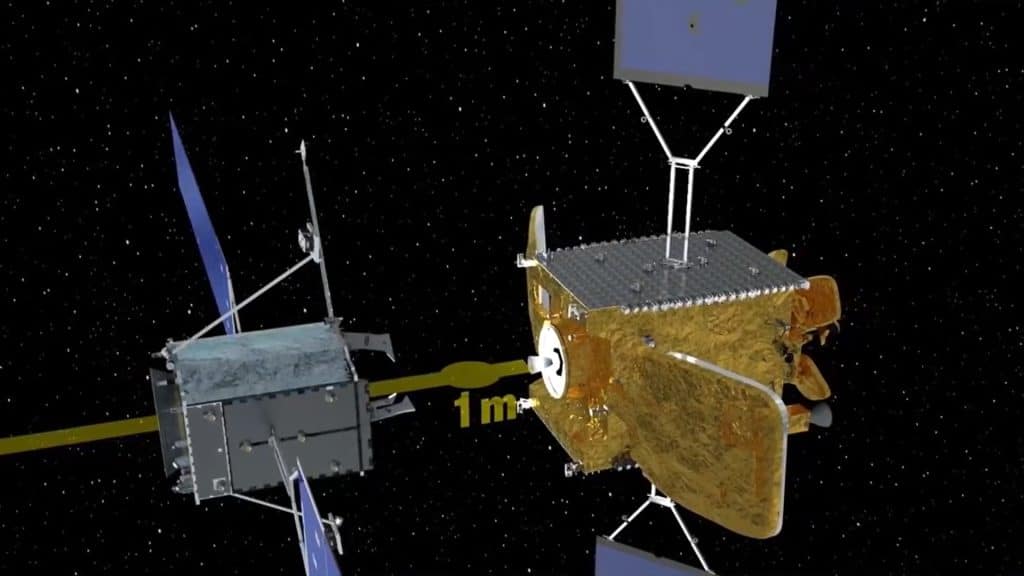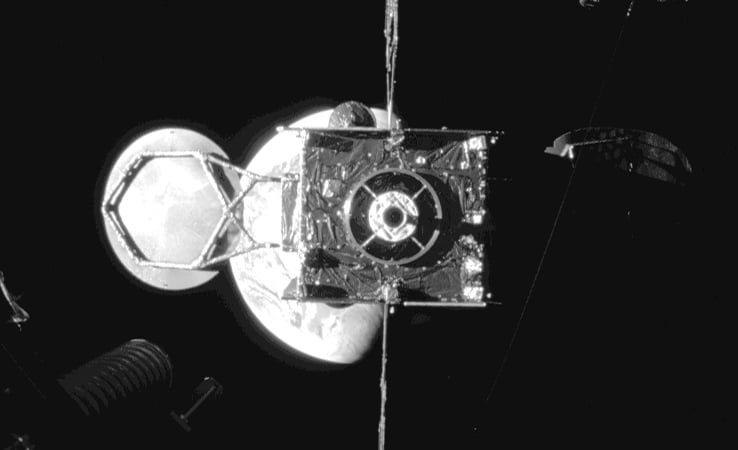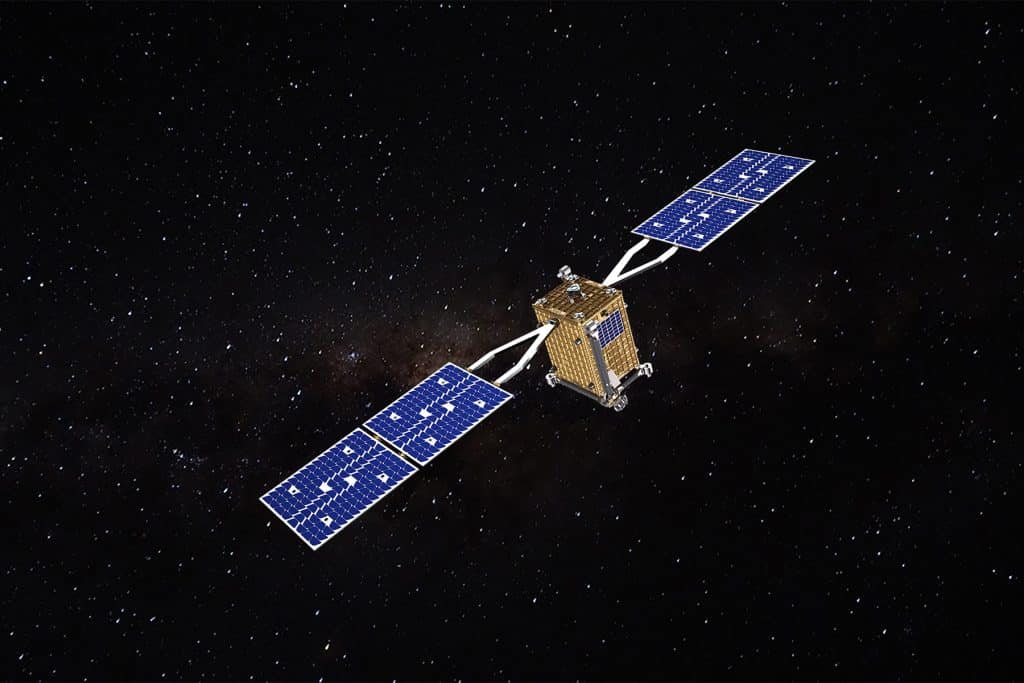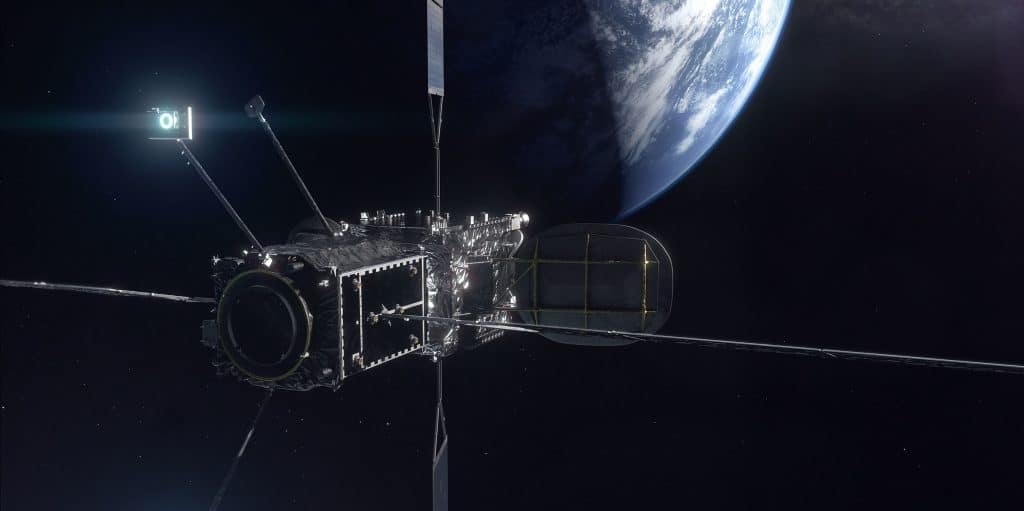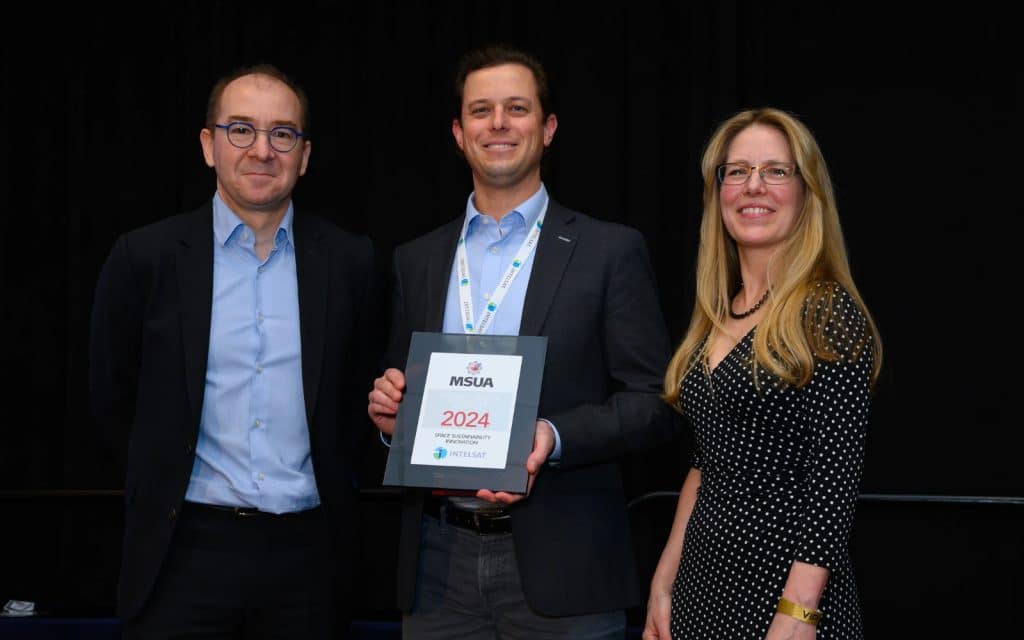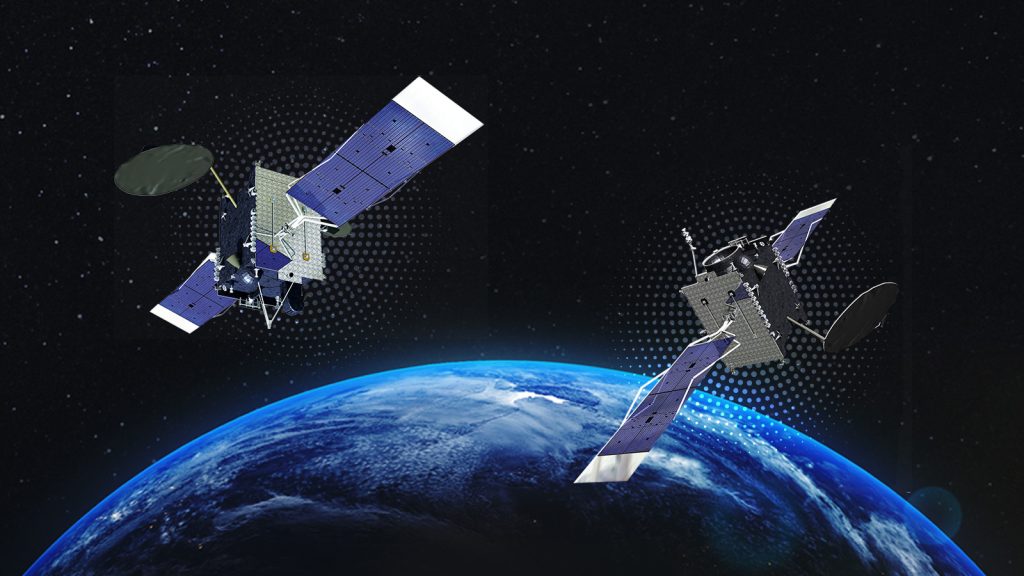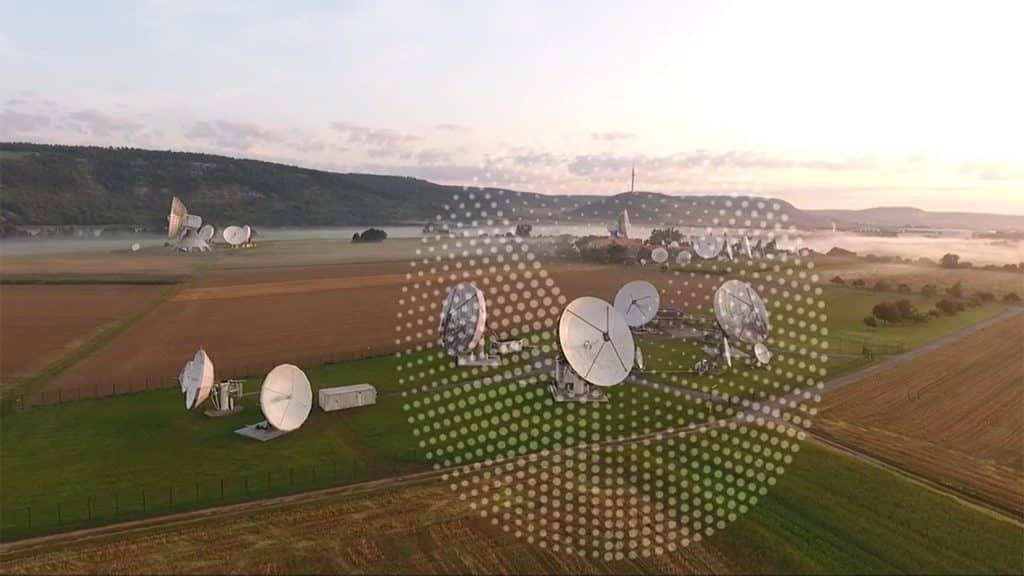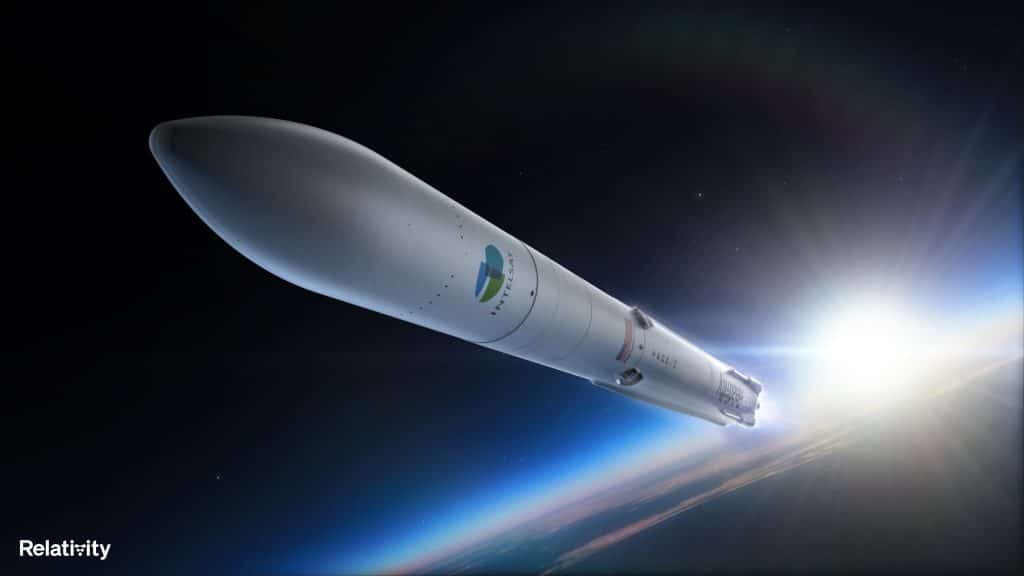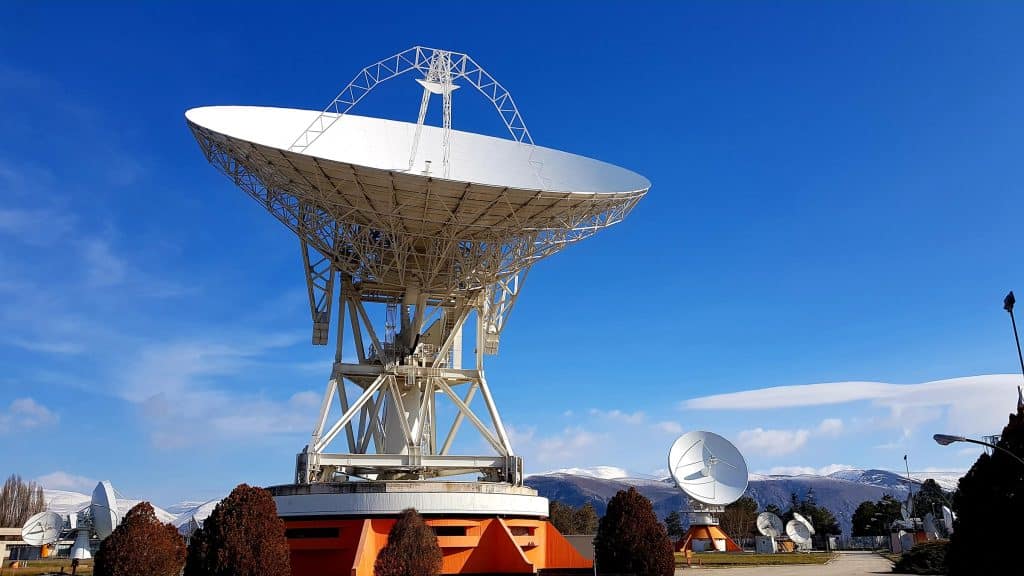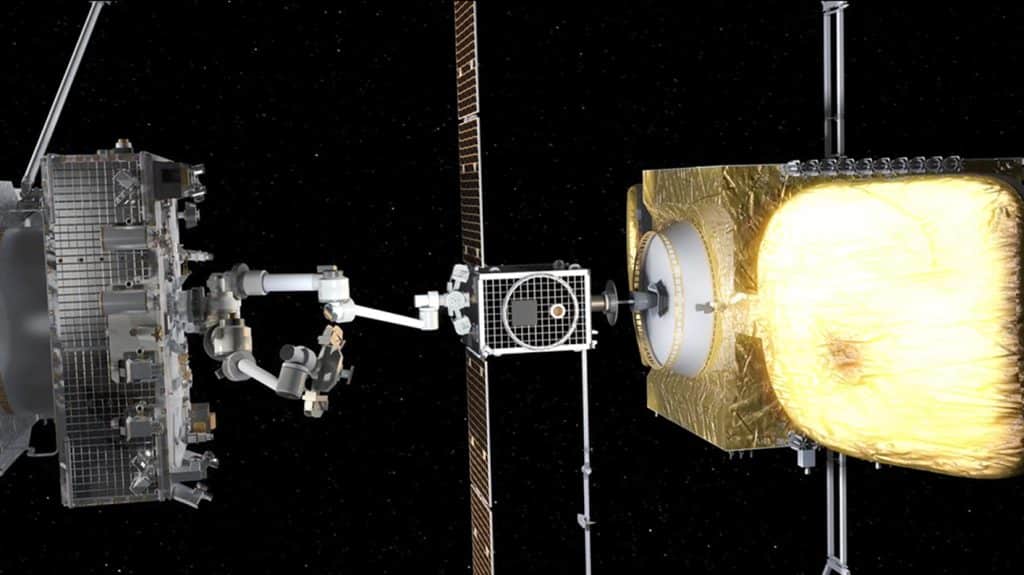Satellites to Provide Vital Link to Connected Cars
Jay Yass, Vice President, Business Development
Terrestrial Wi-Fi and cellular networks support just a portion of the grid that will be required to allow fully autonomous vehicles to navigate city streets and highways. Satellites will play an equally important role in delivering secure software updates and other critical information, such as mapping data, needed for the connected car.
Connected and autonomous vehicles are going to forever change the way we move people and products. The connected environment will also change the way auto manufacturers address vehicle operational improvements, which are increasingly software-driven. The savings available from cutting even a single recall visit over the lifespan of a vehicle provide a compelling argument for enabling connectivity to vehicles.
Cars, trucks and buses that don’t need drivers offer the promise of saving time and money, getting commuters and goods to their destinations faster and more easily, and aiding mobility for disabled and older people. Such Intelligent transport systems and self-driving vehicles are fast moving towards widespread commercialization, with higher levels of automation on the road expected by 2020. Many auto manufacturers and high-technology companies are engaged in experimental testing of autonomous vehicles. One Colorado, U.S.- based company announced that it has used self-driving technology to move a truckload of cargo 125 miles from one city to another. And citizens of Pittsburgh, Pennsylvania regularly see driver-less cars on their streets, not far from a testing headquarters for another major driverless car innovator.
Both passenger safety and network security are paramount for connected and autonomous automobiles. Government regulators will demand failsafe and ubiquitous communication that is more than tamper-resistant because human lives depend on the reliability and security of networks communicating with autonomous vehicles. Satellites are indispensable to providing secure, resilient and ubiquitous wireless connectivity to complement terrestrial communication networks, with notable advantages in terms of cyber considerations.
Automotive digital technology historically has been focused on optimizing the internal functions of automotive systems and, more recently, on the use of sensor technologies that monitor and identify objects near vehicles. Attention has now shifted towards developing communication technologies that integrate cars with smart devices via the Internet.
Satellite communications will play an important role in the connectivity and autonomy of intelligent cars with software updates and machine-to-machine (M2M) communications. A key challenge is to create a totally reliable and ubiquitous communication system that is both highly secure and economically viable. At Intelsat, we are closely involved in these initiatives to ensure that intelligent vehicles make the best use of what satellite technology has to offer.
An autonomous vehicle requires two different types of external signal connections. Functions of the car such as steering or braking that need information about other vehicles along a route must rely on terrestrial networks with virtually no signal latency due to the time-sensitive nature of these interactions. Vehicles must react instantly to the proximity of other moving vehicles or stationary objects.
Other vehicle functions that need less time-sensitive information can rely on satellites as a medium of communications due to the inherent attributes of satellite technology. For example, satellites can multicast updates to cars concerning road conditions ahead, local imaging of city streets and mapping of selected routes. Such information is necessary to enable the intelligent cars to “make decisions” autonomously as they move from place to place. These modern and intelligent cars need to have a massive repository of know-how built in them to ensure that they can be autonomous, and this know-how must be continually updated. Satellites are the most reliable, efficient and least expensive means of downloading these massive amounts of data simultaneously into every car and truck on the highway within a region or across multiple countries, depending upon the need of the manufacturer.
In addition, auto manufacturers can use the broadcast capabilities of satellites to update connected car operating software, thereby avoiding costly recalls and updating the software one car at a time at dealerships. Manufacturers will play an important role in the adoption of connected car technology because they will be building flat-panel satellite antennas into the car body when it is on the assembly line.
The key advantages of using satellites to support the connected car include:
- Global reach — With a single geostationary satellite it is possible to provide communications downlinks over wide areas, such as entire countries or continents, including in rural areas with no terrestrial connections.
- Instant service rollout — Combined with complementary ground networks, satellites ensure that vehicles are connected everywhere. Such coverage is fundamental to vehicle safety because every autonomous vehicle on the highway will be updated at the same time.
- Globally harmonized spectrum — By and large, satellite spectrum allocations are globally harmonized. This greatly simplifies the design and implementation of hardware used in cars. More importantly, it allows the cars to be seamlessly and globally interoperable, reducing costs and complexity for the manufacturer.
Using satellites for connected and autonomous vehicles supports a number of the United Nations’ 2030 Global Goals that include cutting in half the number of global deaths and injuries from road traffic accidents by 2020 and providing access by 2030 to safe, affordable, accessible and sustainable transport systems for all.
Satellites will play a vital role as the world’s mobility patterns change from driver-operated to autonomous vehicles. Intelsat will continue to collaborate with its partners to develop the necessary technologies and applications for future intelligent transport systems.
